Despite the fact that humanity has made significant technological advances since the beginning of the space age, the very scheme of spaceflight has not changed much since then. Just like 60 years ago, we still use rockets. And they are characterized by very low efficiency. Therefore, to put a payload into orbit, we need to spend tens, hundreds, and in some cases thousands of tons of fuel.
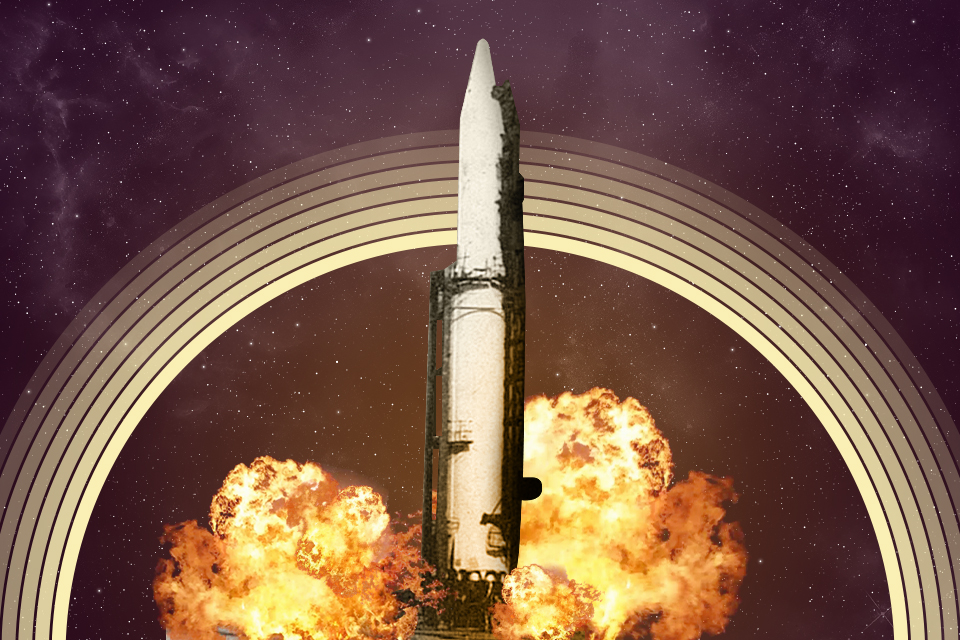
It’s easy to imagine what would happen if, for some reason, all this huge mass of fuel exploded. That is why spaceports are usually built in places remote from populated areas, and flight controllers and managers watch the launch from a safe distance in special shelters that can withstand a shock wave.
Unfortunately, even these precautions are not always enough. In the history of astronautics, there have been several incidents when a rocket exploded not during the launch process, but during pre-launch preparation, when maintenance personnel were on the launch pad. All of them resulted in numerous casualties. Today we will talk about the most famous such case, which took the lives of more than 70 people.
Catching up and overtaking America
October 1957 went down in history as a time of triumph for the Soviet Union, which managed to outrun the Americans and send the first satellite into orbit. However, it should not be forgotten that at that time space launches were considered only an adjunct to the main goal of creating intercontinental ballistic missiles (ICBMs) capable of delivering a nuclear charge to the territory of a potential enemy. And the Soviet Union had great difficulties with this. Although capable of coping with this task, the Korolev’s R-7 missile had a number of military shortcomings that significantly limited the possibility of its practical combat use. As a result, by the end of the 1950s, the USSR had only four missiles deployed at launch sites capable of hitting targets in North America. For comparison: At that time, the United States had a network of four dozen ICBMs on alert, not to mention intermediate-range missiles in Europe and a fleet of strategic bombers.
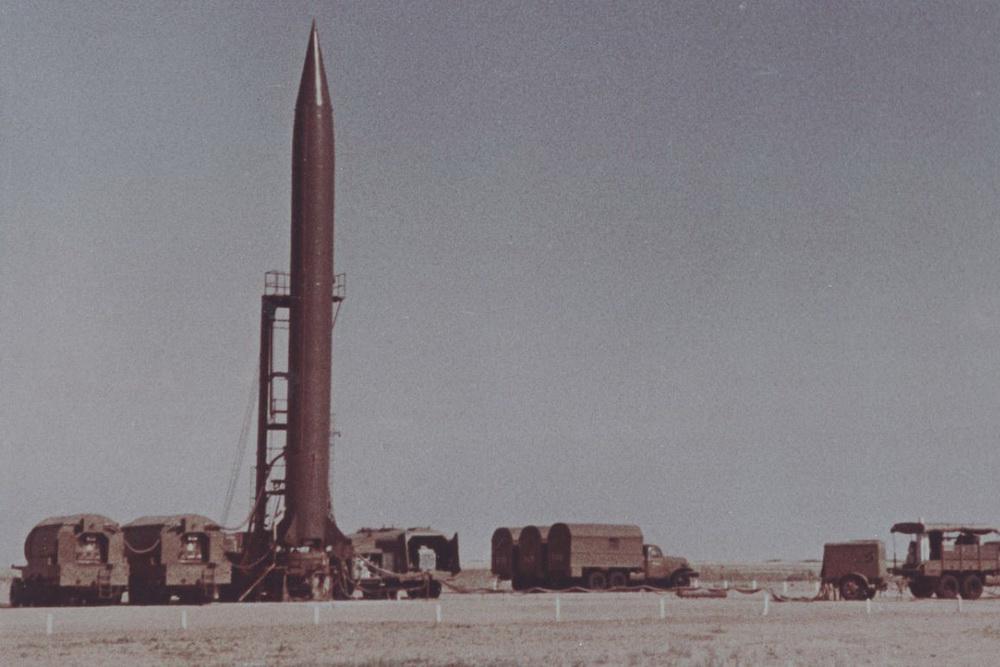
The R-16 missile
It is not surprising that the Soviet leadership insistently demanded that the designers reduce this gap as quickly as possible. It was in this atmosphere that Mykhailo Yangel’s design bureau developed the design of the new R-16 missile. Its key feature was the use of highly boiling fuel components (asymmetric dimethyl hydrazine and nitrogen tetroxide), which were characterized by a long shelf life. Theoretically, the R-16 could stay at the launch site in a refueled state for months or even years without requiring refueling before launch. Another important innovation was the use of a fully autonomous guidance system.
The flip side of the coin was that both technologies were very “raw” and required further development. Despite the fact that high-boiling fuel significantly reduced launch time, it had significant drawbacks, such as severe toxicity and explosiveness. And soon the designers were convinced of this.
The R-16 project was of great interest to the then General Secretary of the Soviet leader Nikita Khrushchev. After listening to Yangel’s report on the missile’s characteristics, he said: “This is what we need. If the R-16 missile is created, the country’s defense will have a solid foundation.” In May 1959, the Soviet Ministry issued a decree that set extremely tight deadlines for the development of the new system. The first flight of the R-16 was to take place in the fourth quarter of 1960, and it was planned to launch mass production in 1962.
The Black Day of the Baikonur Cosmodrome
By the end of the summer of 1960, factory tests of the new rocket were completed, after which the main activity shifted to the Baikonur Cosmodrome. Three sites were allocated for the R-16 at once. The first one housed a launch complex with launchers and an underground command post, the second one had service and ancillary facilities, and the third one was a residential area for military and scientists.
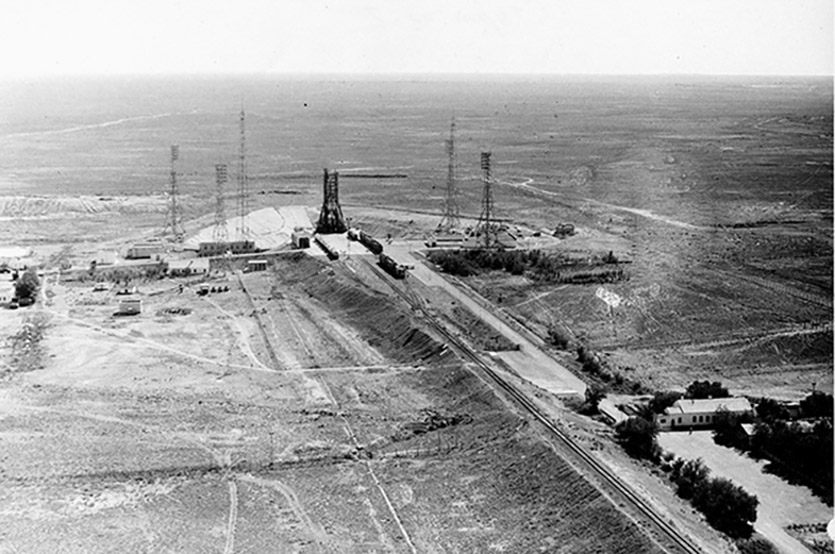
In September, the train with the rocket arrived at Baikonur. Then ground tests began. According to an established tradition, the designers wanted to dedicate the first launch of the R-16 to the next anniversary of the October Revolution. Therefore, all work was carried out in a very accelerated, even emergency mode.
After the ground tests were completed, the 150-ton rocket was installed on the launch pad for the first time. The R-16 launch was scheduled for October 23. On that day, a state commission arrived at Baikonur. It was headed by the chief of the Strategic Missile Forces, Chief Marshal of Artillery Mitrofan Nedelin. Yangel was listed as the chief engineer of the test.
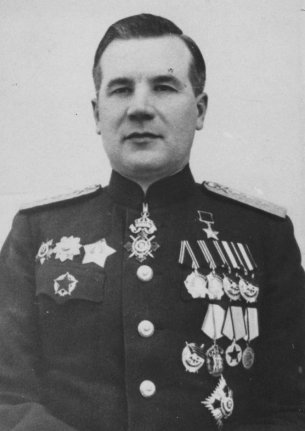
Marshal Mytrofan Nedelin
On October 23, the missile was fueled. But an hour before the launch, unforeseen technical problems arose: the pyromembranes of the fuel lines spontaneously exploded. In addition, an unauthorized detonation of pyro cartridges of the gas generator shutoff valves of the first stage engine block took place. The malfunction was attributed to a failure in the main current distributor of the first stage control system (the A-120 device).
According to safety regulations, a rocket with torn membranes was not allowed to stay at the launch pad for more than 24 hours. After that, it was necessary to drain the fuel and return it to the factory to clean the tanks and lines, as well as to reassemble the engines. This meant that the next launch attempt would take place no sooner than a month later. This meant that there would be no “gift” for the country for the upcoming holiday.
In a situation where the top Soviet leadership was calling Baikonur almost every hour, demanding the long-awaited report on the successful test, Nedelin and Yangel simply did not dare to postpone. Instead, it was decided to fix the problems right on the fueled rocket. When warned by some experts about the dangers of this approach, Nedelin said, “What am I going to tell Nikita? The rocket will be repaired at the launch pad, the country is waiting for us!”
The next day, dozens of technicians surrounded the R-16, trying to do everything in their power to ensure that the launch would not be postponed. All of this took place under the personal supervision of Nedelin, who defiantly sat on a chair at the very foot of the rocket. Next to him were designers, deputies, high-ranking military officials and their numerous retinue. In total, more than 200 people were present at the launch site.
The engineers replaced the A-120 current distributor, disabling all the blocking devices on the rocket which had to prevent premature activation of any system. On top of that, to speed up pre-launch preparations, the onboard battery was turned on prematurely, and its circuits were energized.
And so, half an hour before the scheduled launch, the inevitable happened. While preparing the rocket for launch, the engineers switched the current divider to the zero position. But the fact is that this device did not have a “reverse” mode — it had to go through a full cycle of operation to be set to zero. This led to the unauthorized launch of the second stage engine. A jet of fire instantly pierced the first stage tanks with oxidizer and fuel. The launch pad turned into hell.
To some extent, those who were in the immediate vicinity of the rocket were “lucky”. Most likely, they simply did not have time to realize what had happened and died almost instantly. The people who were a little further away instinctively tried to escape the danger zone by running to the special ramp. But there was a strip of freshly poured bitumen in their way, which immediately melted. Many got stuck in the hot viscous mass and fell prey to the fire. As the temperature at the epicenter of the explosion reached three thousand degrees, the victims’ sites were left with the outlines of human figures and things that did not burn — coins, buckles, etc.
Engineer A. Veredchenko, who was at Baikonur at the time, described what he saw that day:
“At the observation post, there was a trench with an optical magnifying observation device like an artillery periscope. Using it, I saw a terrible picture. Above on the maintenance platform at the level of the instrumentation compartment of the second stage of the rocket, defenseless, doomed people were rushing around, and below them was a sea of fire. In a panic, they plunged down into the raging elements. And there, down, was the same picture: crazed people running with their clothes on fire. Most of them rushed toward the barbed wire fence around the start, some tried to climb over it, while others fell helplessly, engulfed in flames.”
The fire on the launch pad was so severe that it took two hours for special equipment to begin extinguishing it. Some victims of the disaster were not found. Marshal Nedelin suffered the same fate. All that remained of him was a burnt Golden Star of the Hero of the Soviet Union (the highest state award), one shoulder strap and a wristwatch.
Consequences of the disaster
The exact number of victims of the crash has not yet been established. According to official figures, 74 people died in the fire and 4 more later died in the hospital. However, there are other figures as high as 92 and even 126 dead. In any case, the explosion at Baikonur is still the largest tragedy on the spaceport in terms of the number of victims.
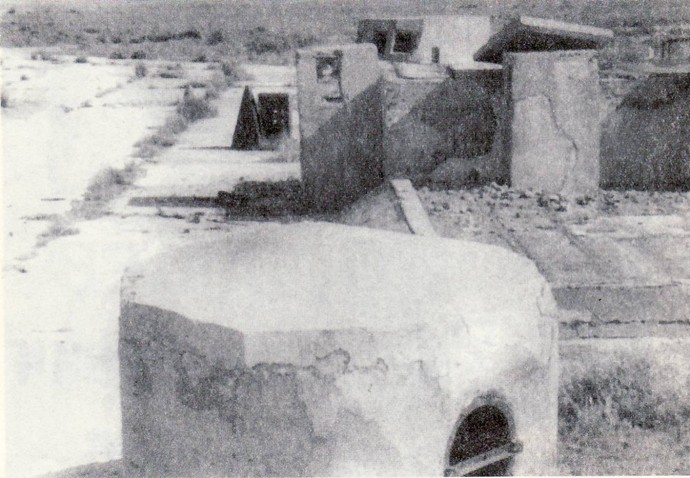
On October 24, 1960, at 18:45, Mitrofan Ivanovich Nedelin died at this site.
A government commission headed by Leonid Brezhnev was set up to investigate the accident. According to eyewitness accounts, in the presence of all the survivors, he immediately declared: “We will not punish anyone. You have punished yourselves.” Indeed, the direct perpetrators of the accident — the chief designer of the control system and Marshal Nedelin — died in the fire.
Mikhail Yangel, on the other hand, literally miraculously missed death, having gone to the smoking room a few minutes before the tragedy. He also escaped any formal sanctions. Despite their difficult personal relationship, Sergei Korolev advised Khrushchev not to punish the designer, saying: “It could have happened to me, too — new technology…”. However, Yangel was well aware that he was also to blame for the tragedy. Shortly after returning from Baikonur, he had a second heart attack.
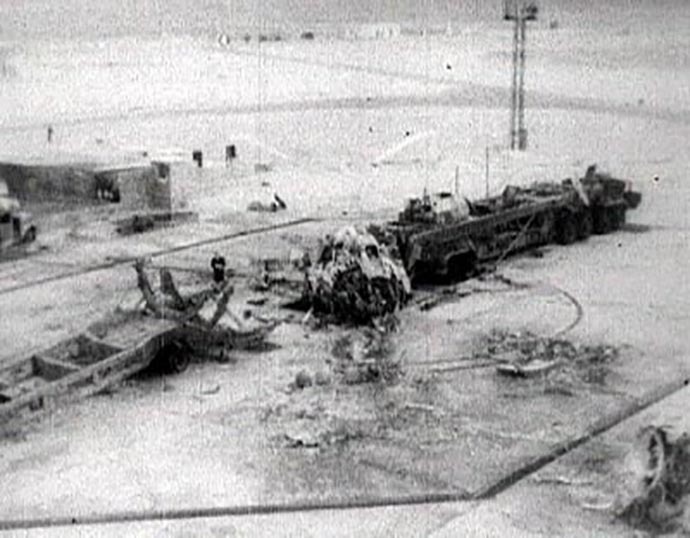
The remains of the launch table of the 41st site of the Tyura-Tam test site. October 1960.
It is clear that the USSR classified information about the explosion, but it was impossible to hide the fact of the death of the Strategic Missile Forces chief. Therefore, the version of his death in a plane crash was officially launched. Most of the victims of the tragedy (mostly military personnel) were buried in a mass grave at Baikonur. The remains of the civilian specialists were taken to Dnipro, Kharkiv, Kyiv, Moscow, and Zagorsk, where they were buried in complete secrecy without any honors or exact dates of death. Despite all attempts to hush up the disaster, information about what happened at Baikonur quickly leaked to the West.
The commission investigating the disaster came to the obvious conclusion that everything happened due to a gross violation of safety rules. Various measures were taken to prevent similar incidents in the future. For example, the pre-launch procedure was improved to reduce the number of people on the launch pad. Detailed planning of all work was also introduced and automatic fire extinguishing systems were installed in due places.
The next test of the R-16 took place in February 1961. Again, there were problems (in particular, the telemetry system failed), but at least the rocket took off successfully. So, in the fall of 1962, the R-16 was officially approved for use. By 1965, 186 launchers had already been deployed with it.
The Yangel missile served until the mid-1970s. Mykhailo Yangel himself died in 1971 of another heart attack on his 60th birthday. As for the other survivors of the disaster, many of them suffered from the effects of toxic fuel poisoning for the rest of their lives.
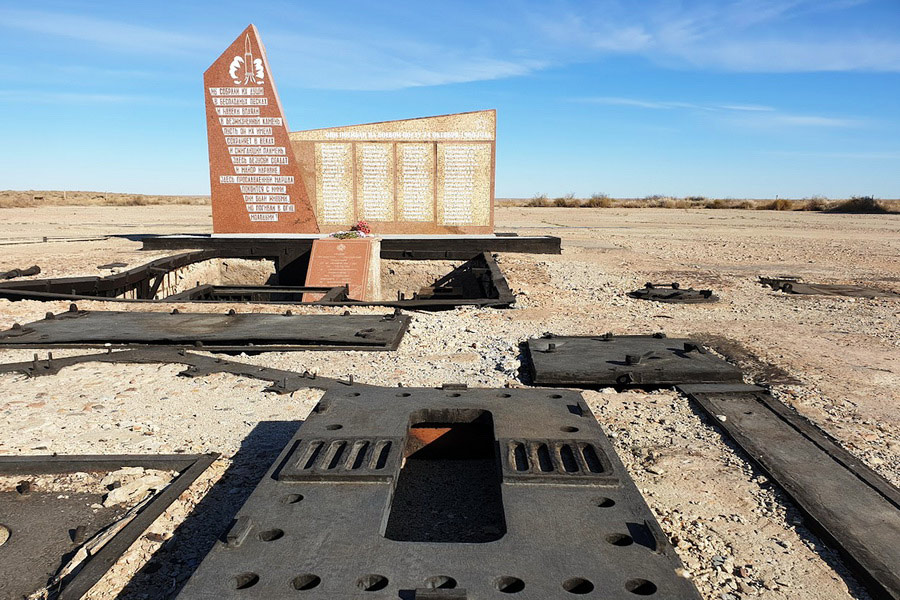
Memorial to those killed at Baikonur in 1960
From a formal point of view, the Baikonur disaster is not a space disaster, as it occurred during a military rocket test. However, it had a significant impact on astronautics, significantly changing the approach to organizing rocket launches. Of course, there have been explosions at launch sites since then, but none of them can be compared to what happened in 1960 in terms of their consequences. So, we can confidently say that the safety measures introduced after the R-16 explosion helped save many lives.
As for the date of October 24, it is still considered the “black day” of astronautics, when it is worth remembering not only the victims of that explosion, but also all those who died during space exploration. Traditionally, no manned launches are carried out from Baikonur on this day, and unmanned launches are only carried out when absolutely necessary.

